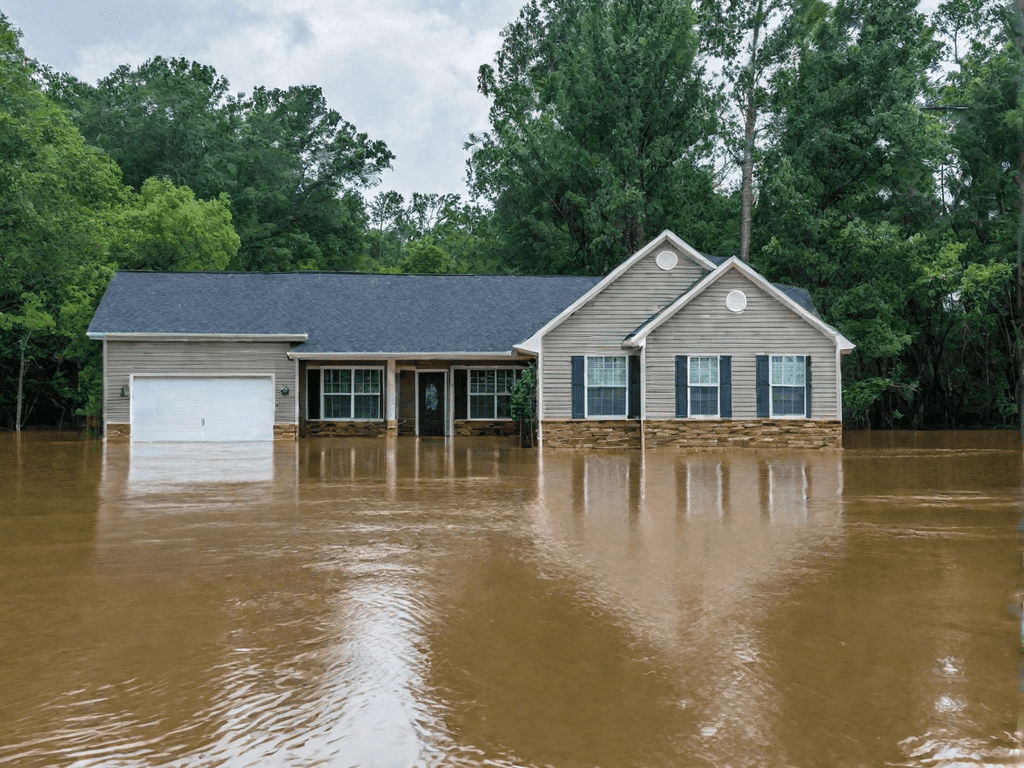Flooding can occur anywhere and at any time, arising from a variety of sources such as heavy rains, melting snow, hurricanes, and broken dams or levees. The damage caused by even a few inches of water can be extensive and costly to repair. Despite this risk, many homeowners are unaware that their standard insurance policies do not cover flood damage. Flood insurance provides a crucial layer of protection, ensuring homeowners are not left financially devastated after a flood event.
Understanding Flood Insurance Coverage
Flood insurance policies are primarily offered through the National Flood Insurance Program (NFIP), managed by the Federal Emergency Management Agency (FEMA), as well as through some private insurers. Coverage is divided into two main categories:
- Building Coverage: This covers the structure of your home, including the foundation, plumbing and electrical systems, central air and heating equipment, water heaters, and permanently installed carpeting and cabinetry.
- Contents Coverage: This protects your personal belongings within the home, such as clothing, furniture, electronics, and other personal items.
It’s important to note that there are limitations and exclusions. For instance, policies often do not cover damage to outdoor property such as decks, fences, or swimming pools. Basements and areas below the lowest elevated floor may have limited coverage.
Determining Your Need for Flood Insurance
While those living in high-risk flood zones are typically required by mortgage lenders to purchase flood insurance, moderate- to low-risk areas still experience a significant percentage of flood claims. Homeowners and renters should assess their risk by consulting FEMA’s Flood Map Service Center to determine their property’s flood zone. Even if not required, purchasing flood insurance can be a wise decision for added security.
How to Purchase Flood Insurance
Homeowners can purchase flood insurance through insurance agents participating in the NFIP or through private insurers offering excess flood insurance for higher coverage limits beyond the NFIP’s maximums. There is usually a 30-day waiting period from the date of purchase before the policy goes into effect, emphasizing the importance of planning ahead rather than waiting until a storm is imminent.
Cost Considerations
The cost of flood insurance varies depending on several factors, including your home’s location, elevation, the age of your property, and the chosen deductible and amount of coverage. Policies in high-risk areas will naturally be more expensive than those in lower-risk zones. Homeowners should weigh the cost against the potential financial impact of flooding to determine the appropriate level of coverage.
Conclusion
Flood insurance offers a critical layer of financial protection for homeowners, mitigating the potentially devastating effects of flood damage. By understanding the importance of flood insurance, what it covers, and how to obtain it, homeowners can take proactive steps to safeguard their homes and financial future against the unpredictable nature of flooding.
For more comprehensive guidance and to explore your options, consider the following resources:
- FEMA’s National Flood Insurance Program (NFIP)
- FEMA Flood Map Service Center
- Insurance Information Institute – Flood Insurance
These resources can provide valuable information on flood risks, insurance coverage, and how to protect your property effectively.
